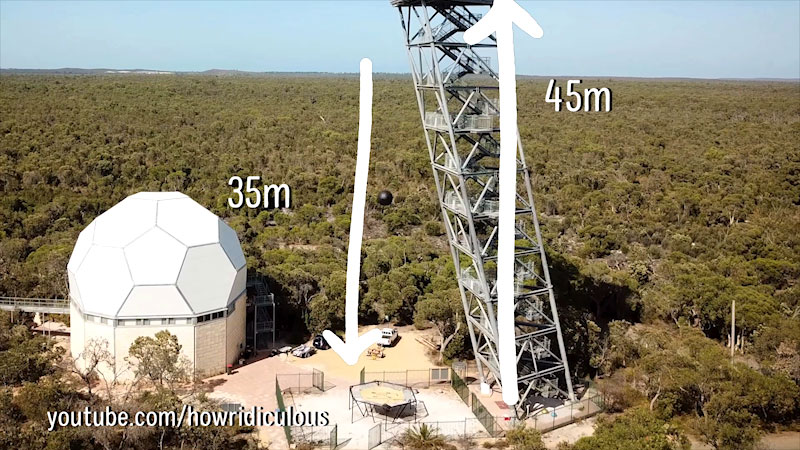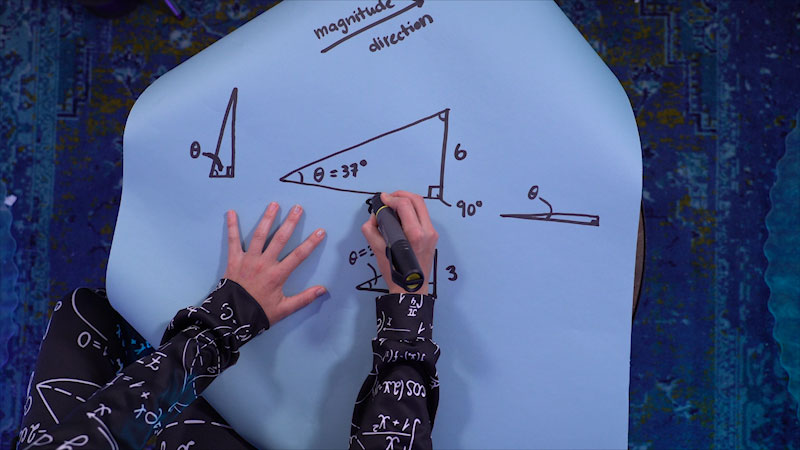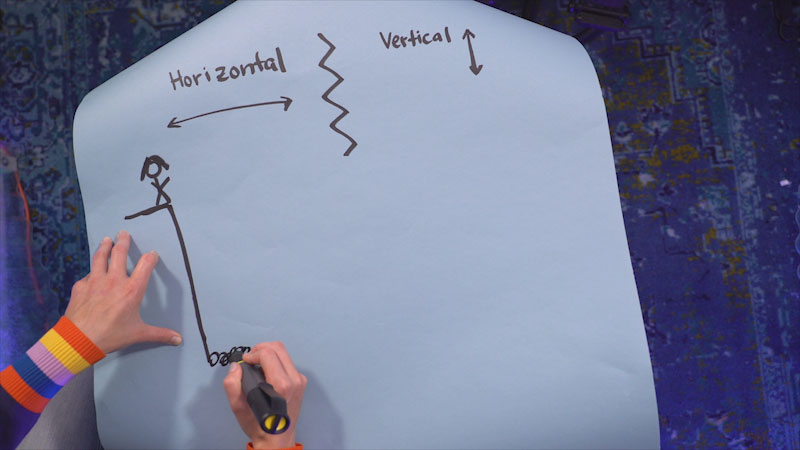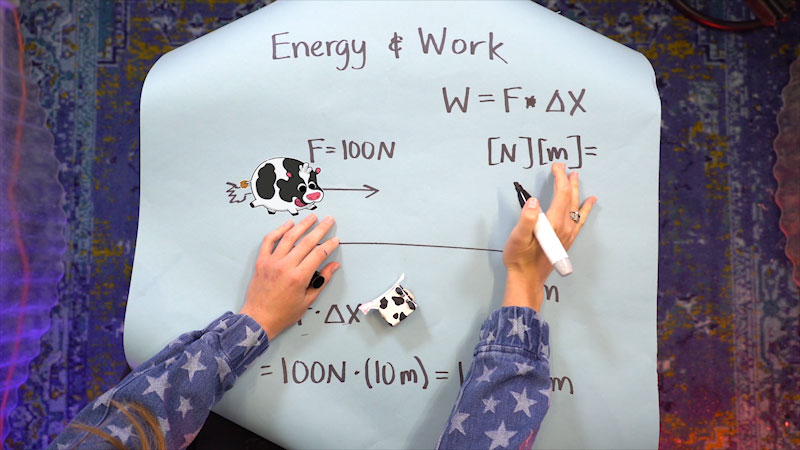Physics 101: Simple Harmonic Motion
Simple harmonic motion is defined as a periodic motion of a point along a straight line, such that its acceleration is always towards a fixed point on that line and is proportional to its distance from that point. In this episode, host Dianna Cowern tackles the concept of simple harmonic motion and works through three related word problems. Part of the "Physics 101" series.
Media Details
Runtime: 27 minutes 16 seconds
- Topic: Mathematics, Science
- Subtopic: Mathematics, Physics, Science Methods
- Grade/Interest Level: 10 - 12
- Standards:
- Release Year: 2021
- Producer/Distributor: Physics Girl
- Series: Physics 101
- Report a Problem
Related Media

Physics 101
Episode 2
22 minutes 45 seconds
Grade Level: 10 - 12
Physics 101
Episode 2
22 minutes 45 seconds
Grade Level: 10 - 12
Physics 101: Free Fall

Physics 101
Episode 0
12 minutes 30 seconds
Grade Level: 10 - 12
Physics 101
Episode 0
12 minutes 30 seconds
Grade Level: 10 - 12
Physics 101: Trig Review for Physics

Physics 101
Episode 3
22 minutes 53 seconds
Grade Level: 10 - 12
Physics 101
Episode 3
22 minutes 53 seconds
Grade Level: 10 - 12
Physics 101: 2D Motion

Physics 101
Episode 4
23 minutes 6 seconds
Grade Level: 10 - 12
Physics 101
Episode 4
23 minutes 6 seconds
Grade Level: 10 - 12
Physics 101: Newton's Laws of Motion

Physics 101
Episode 5
24 minutes 34 seconds
Grade Level: 10 - 12
Physics 101
Episode 5
24 minutes 34 seconds
Grade Level: 10 - 12
Physics 101: Free Body Diagrams

Physics 101
Episode 6
20 minutes 24 seconds
Grade Level: 10 - 12
Physics 101
Episode 6
20 minutes 24 seconds
Grade Level: 10 - 12
Physics 101: Friction

Physics 101
Episode 7
25 minutes 48 seconds
Grade Level: 10 - 12
Physics 101
Episode 7
25 minutes 48 seconds
Grade Level: 10 - 12
Physics 101: Circular Motion

Physics 101
Episode 8
25 minutes 58 seconds
Grade Level: 10 - 12
Physics 101
Episode 8
25 minutes 58 seconds
Grade Level: 10 - 12
Physics 101: Gravity and Orbits

Physics 101
Episode 9
28 minutes 3 seconds
Grade Level: 10 - 12
Physics 101
Episode 9
28 minutes 3 seconds
Grade Level: 10 - 12
Physics 101: Energy and Work

Physics 101
Episode 10
25 minutes 51 seconds
Grade Level: 10 - 12
Physics 101
Episode 10
25 minutes 51 seconds
Grade Level: 10 - 12
Physics 101: Conservation of Energy
